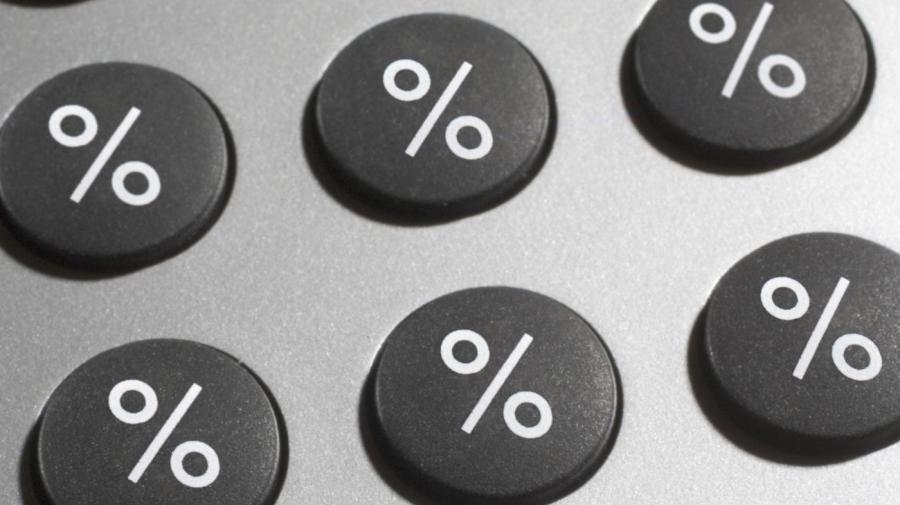Can Percent Error Be a Negative Number?

Percent error can be a negative number. In some cases a positive percent error is typical, but applications such as chemistry frequently involve negative percent errors.
Percent error is useful in experiments and calculations involving known values; it provides a means of ascertaining the accuracy of calculations. Determining percent error is simple; subtracting the actual value from the experimental value, dividing by the actual value and multiplying the entire product by 100 yields percent error.
A percent error of zero indicates that an experimental value is exactly the same as the actual, accepted value. Percent errors are often positive with the difference between experimental and actual results being an absolute value. This is the case when it is important to determine error, but the direction of the error makes no difference. In some situations, however, the direction of the deviation is important.
Chemistry, and some other sciences, maintain negative percent error values. For instance, a given reaction between two substances may have a previously published final yield. It is important for any scientists performing this reaction to report on its accuracy. It is also important to know the direction of the error. A positive percent error means that the reaction had a higher-than-expected yield while a negative error indicates a lower yield.





